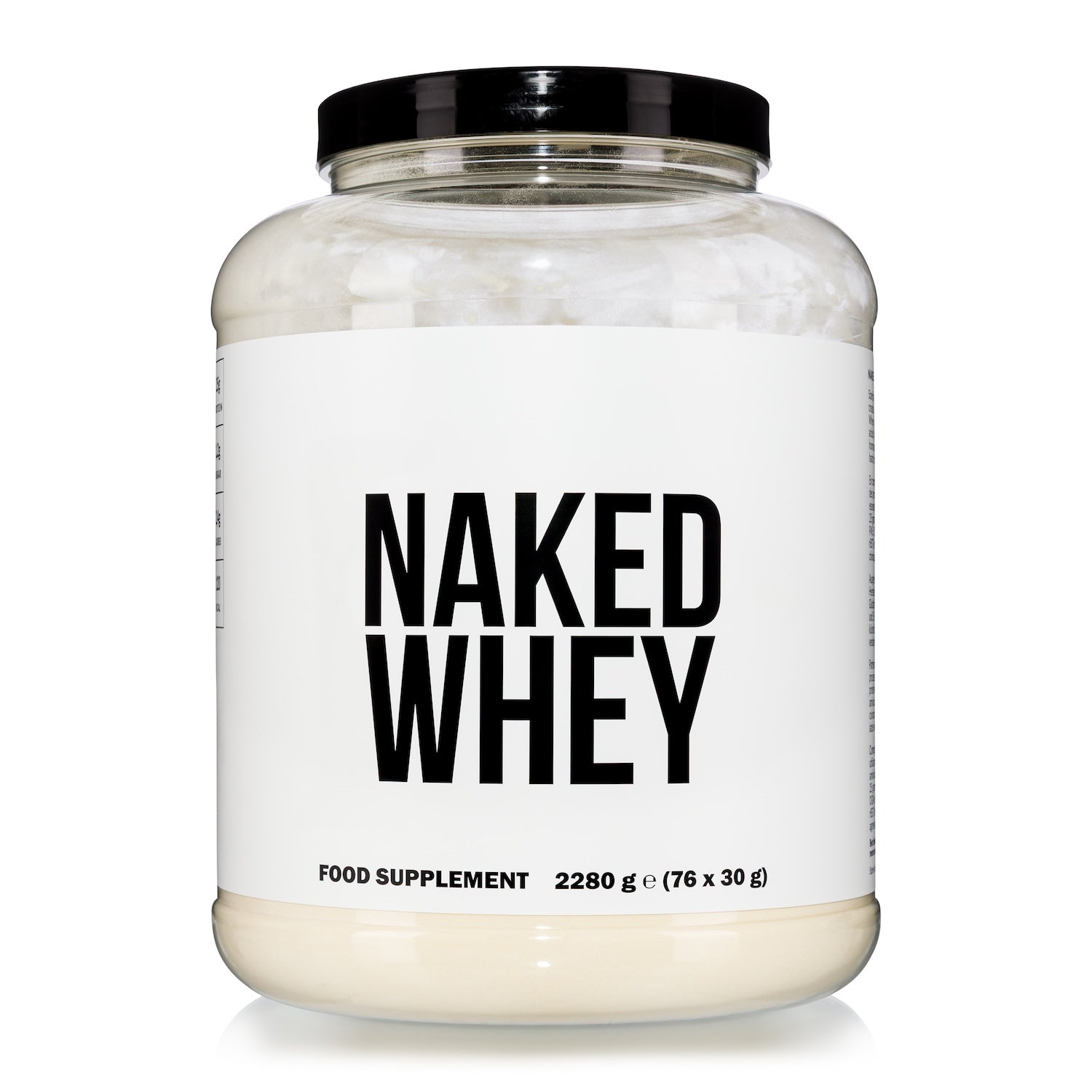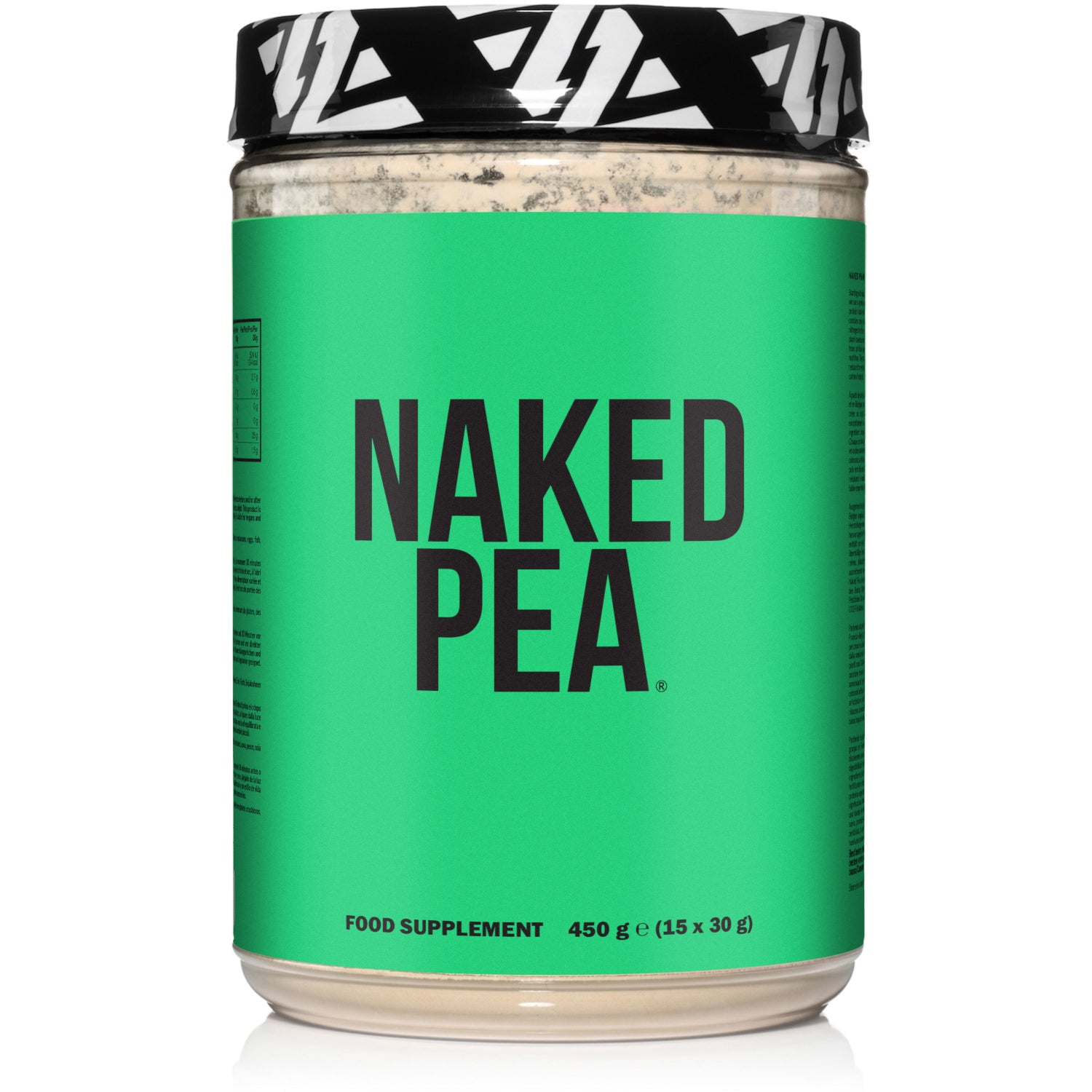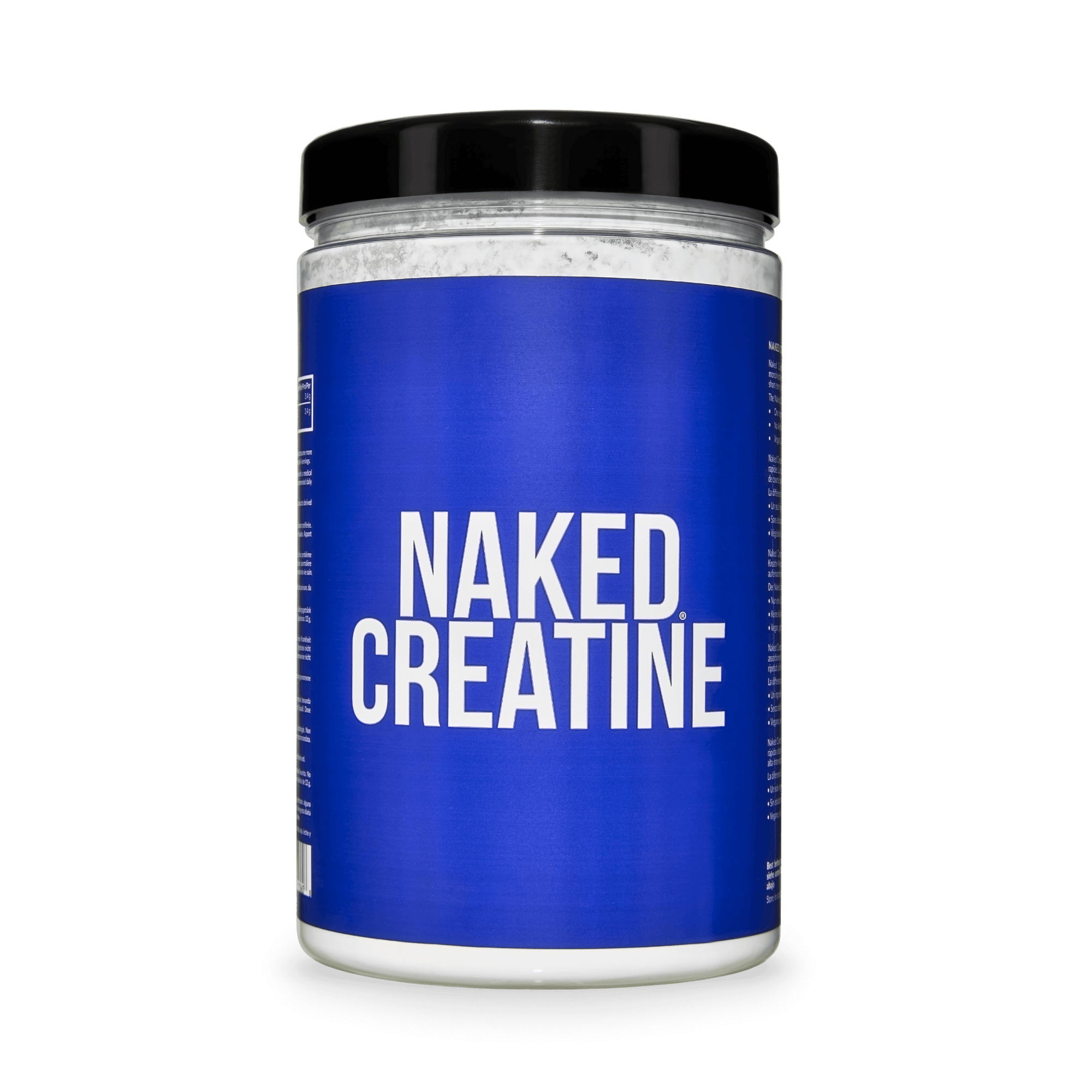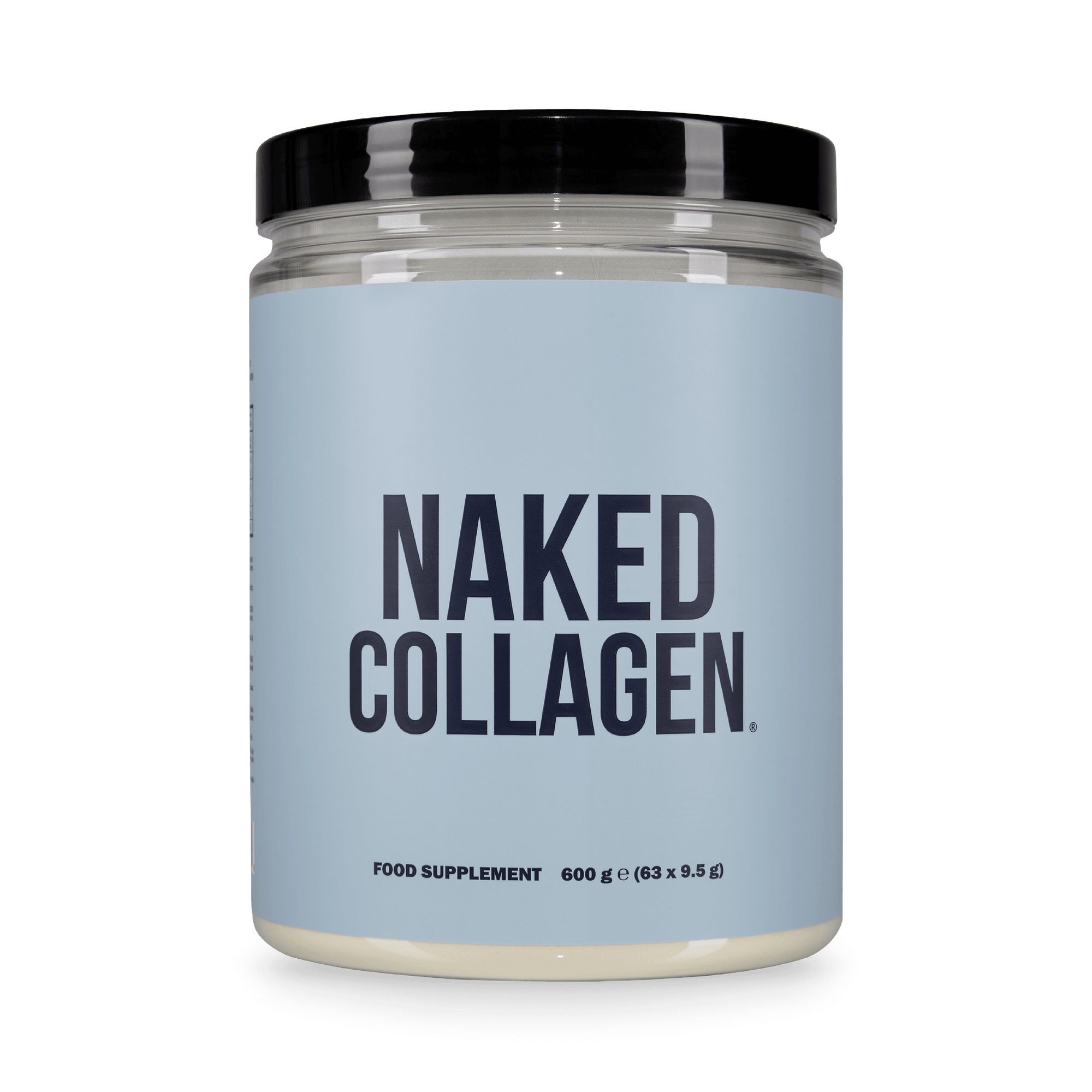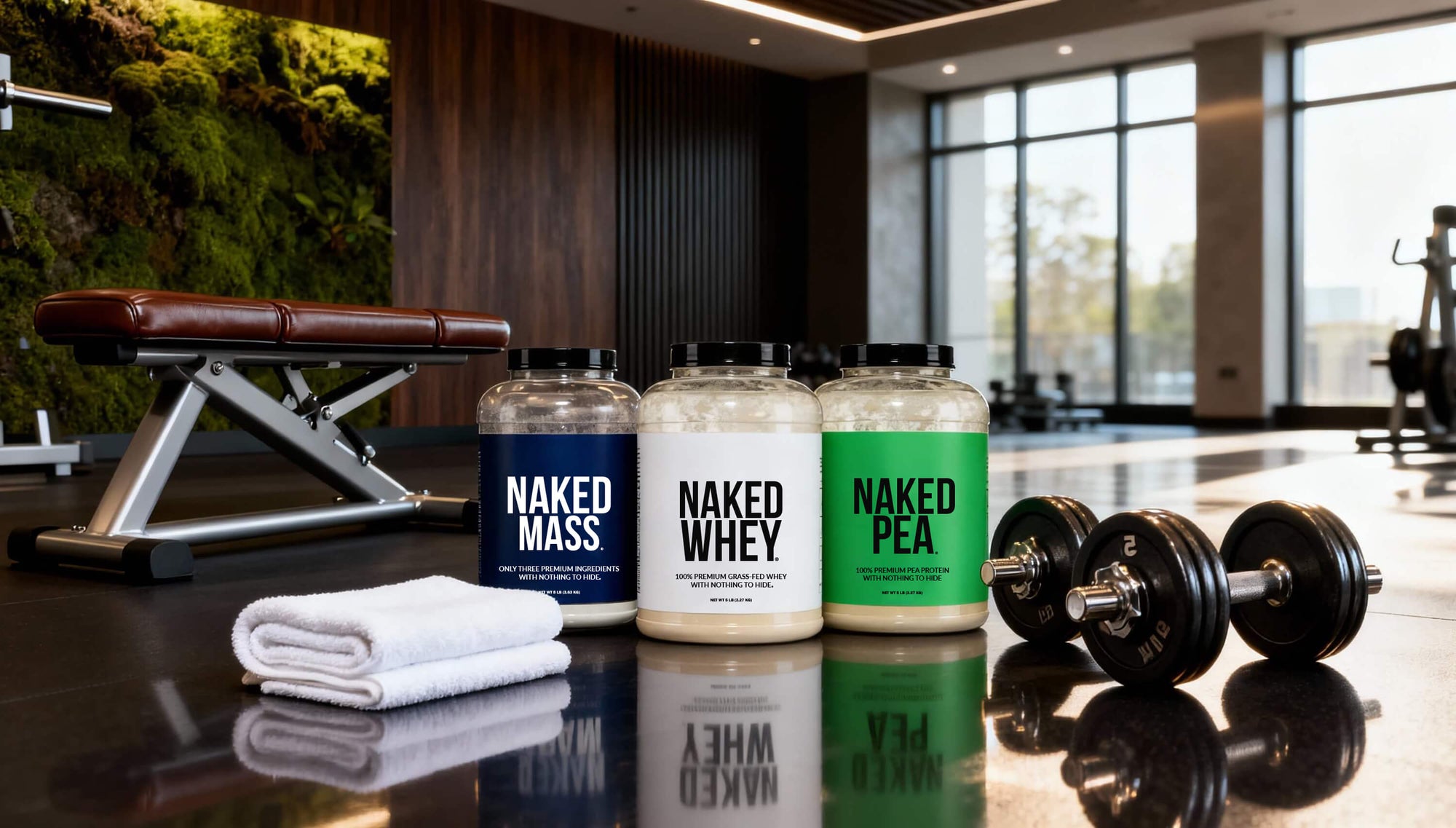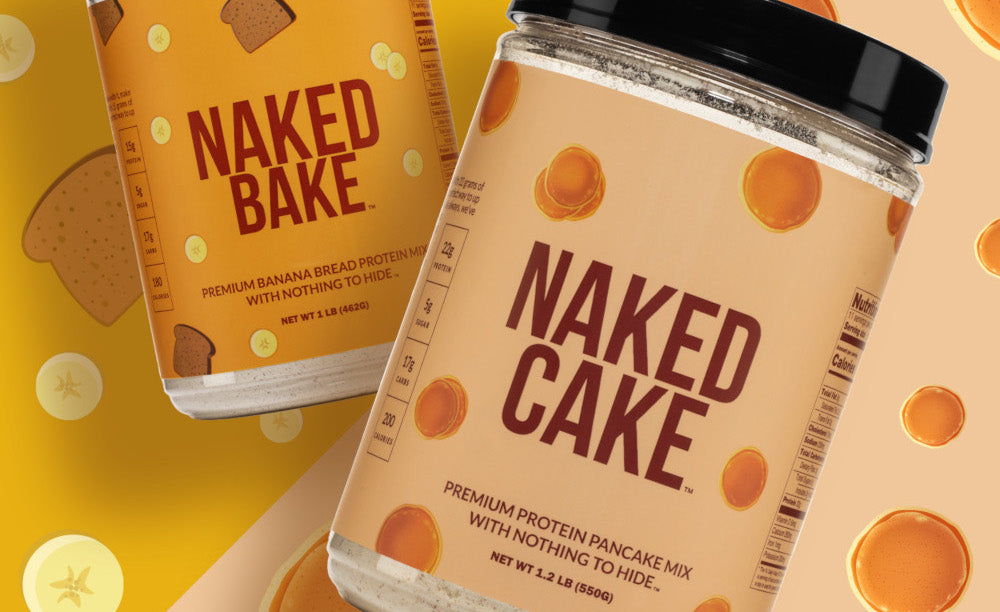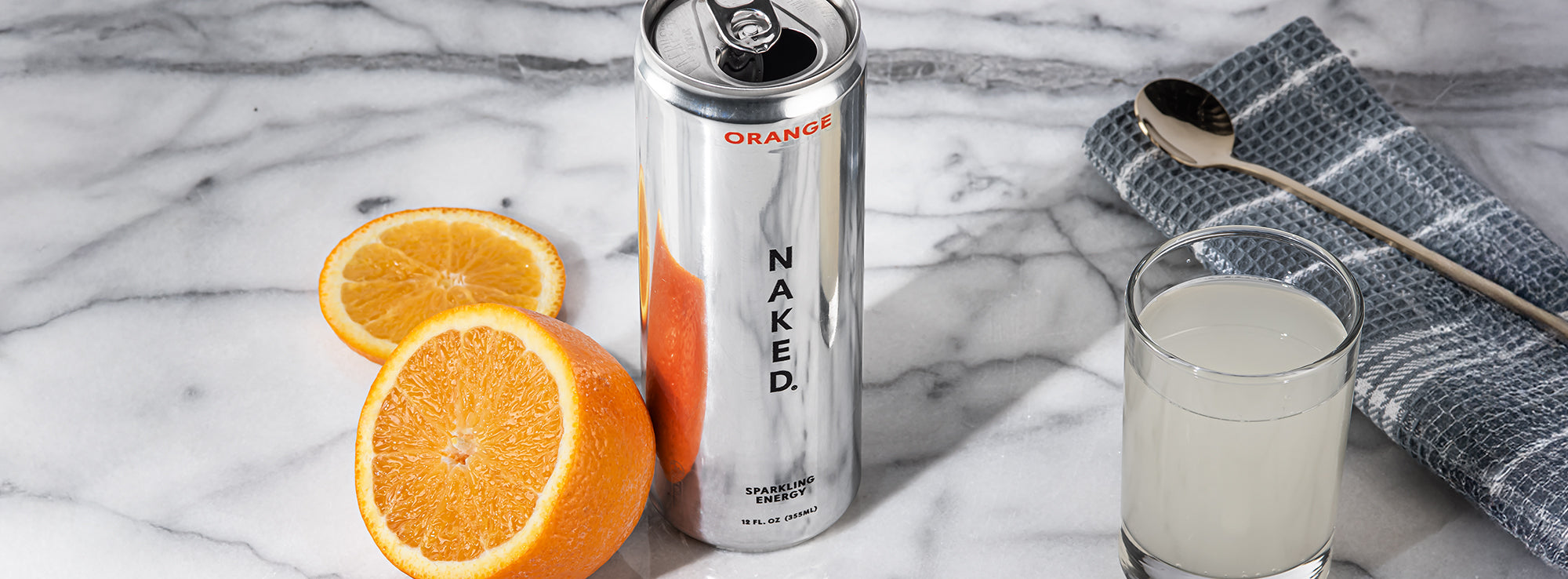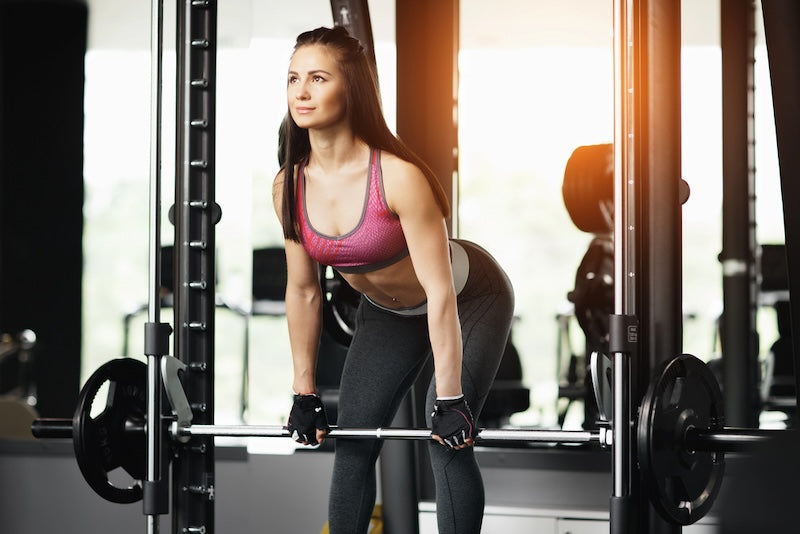
There’s a lot of polarizing opinions on the Smith machine. Some swear by it for safety and control, while others dismiss it as a “cheat” version of barbell training.
As usual, the truth is somewhere in the middle. The Smith machine can be incredibly effective when used the right way – whether you’re looking for an alternative to free barbell lifts, or you’re at a gym where the Smith machine is the only option.
In this guide, we’ll break down the 15 best Smith machine exercises to build your entire body, from chest and shoulders to legs and glutes, and help you get the most out of the equipment you have to work with.
**Disclaimer: This article is for informational purposes only and is not a substitute for professional fitness or medical advice. Consult a qualified trainer or healthcare provider before starting any new exercise routine.
What Is a Smith Machine and Why Use It?

The Smith machine is a guided barbell system that allows the bar to travel along a fixed vertical (or near-vertical) path.
This setup removes the need to balance the weight, letting you focus purely on pressing, squatting, or pulling with more stability and precision.
For beginners, that means a lower risk of injury and better control when learning compound lifts. For experienced lifters, it can be a powerful tool for hypertrophy, isolation work, and high-volume training without the need for a spotter.
Where free weights challenge your stabilizers and coordination, the Smith machine emphasizes muscle tension and load management; two key factors in muscle growth and strength development.
It’s particularly valuable when training solo or when you want to push intensity safely, as the safety hooks and consistent bar path provide peace of mind for heavy sets or training to failure.
Advantages of Training with a Smith Machine

The Smith machine, when used properly, can enhance safety, control, and muscle activation, making it a valuable addition to almost any strength program.
Let’s break down the main benefits and why they matter for your results.
Safety
Because the bar moves along fixed rails, the Smith machine requires less balance and coordination, which can be especially helpful if you’re training alone or still mastering difficult movements.
The built-in safety catches let you train close to failure without worrying about getting pinned under a heavy barbell. That makes it a great option for doing heavy squats or bench presses without a spotter.
Stability and Control
By removing the need to stabilize the bar in multiple directions, you can focus entirely on contracting the target muscles through a full range of motion.
This stability can translate into better mind-muscle connection – especially important for hypertrophy training. It’s easier to “feel” the muscle working and minimize assistance from secondary muscles, improving muscle isolation and overall tension.
Consistent Form and Load Application
Because the Smith machine bar travels along the same track every time, your movement pattern is highly repeatable. This consistency helps you maintain proper form, even as you increase weight or fatigue sets in.
It also reduces variability between reps, leading to a more predictable training stimulus. This is especially important when you’re fine-tuning progressive overload or addressing muscle imbalances.
Reduced Joint Stress
Free-weight exercises can strain the joints due to minor deviations in bar path or mobility limitations. The Smith machine’s guided motion helps keep the load distributed evenly, reducing unwanted torque on the knees, hips, and shoulders.
That doesn’t mean it’s a rehab-only tool. It’s just easier on the joints for certain lifters, letting you train harder, more often, and with less discomfort.
The Best Smith Machine Exercises for Every Muscle Group
Let’s dive into the best Smith machine exercises grouped by muscle region, with a brief primer on how to do each one, to give you ideas on how to hit every part of the body with this one tool.
Smith Machine Chest Exercises

1. Bench Press
The Smith machine bench press is one of the best ways to safely push heavy loads without a spotter.
The guided bar path helps keep your form locked in, letting you focus entirely on driving through your chest rather than worrying about stabilizing the bar.
It’s a great choice for high-intensity sets, drop sets, or burnout work where fatigue might otherwise compromise control.
2. Incline Press
Few lifters hit their upper chest consistently, and that’s where the incline press shines.
The fixed path of the Smith machine helps you maintain the perfect pressing angle, which makes it easier to keep tension where you want it: across the upper pecs and shoulders. It’s also excellent for controlled negatives and tempo training.
3. Floor Press (Close-Grip Variation)
The Smith machine is ideal for targeting the triceps and improving lockout strength.
Its stability allows you to overload the triceps safely without straining your shoulders or elbows. It’s a perfect finisher for chest or arm days when you want to build pressing power and muscle density.
Smith Machine Back Exercises

4. Bent-Over Row
The Smith machine row is one of the best variations for pure back thickness. Because the bar stays on a fixed track, you can focus entirely on squeezing your back muscles and controlling the eccentric phase without worrying about bar path or balance.
It’s especially useful for hypertrophy-focused training where muscle engagement matters more than raw load.
5. Inverted Row
This underrated move is fantastic for improving scapular control, shoulder health, and upper-back endurance.
The Smith machine makes it easy to adjust the difficulty by changing bar height, allowing you to progress steadily.
It’s also joint-friendly, which makes it a great option for both beginners and advanced lifters looking to strengthen their pull pattern.
Smith Machine Leg Exercises

6. Squat
Love it or hate it, the Smith machine squat is one of the most practical ways to squat safely without a spotter.
The fixed path keeps your posture consistent, allowing you to focus on depth, muscle engagement, and control.
It’s particularly useful for those with back issues or limited mobility, as it reduces strain on the lower spine while still hitting the quads and glutes hard.
7. Bulgarian Split Squat
Balancing during heavy single-leg work, such as Bulgarian split squats, can be tough. The Smith machine is a great way to combat that.
The fixed bar path lets you load the legs more heavily without worrying about wobble, helping you dig deep into the glutes and quads. It’s one of the most effective lower-body hypertrophy builders you can do.
8. Reverse Lunge
The reverse lunge on the Smith machine offers the same benefits as the free-weight version (posterior chain engagement, hip stability, and unilateral balance) but with a smoother, safer setup.
Because the bar path is guided, you can go heavier and focus on power through the front leg rather than balance.
9. Calf Raise
Using the Smith machine for calf raises lets you pile on weight and makes it easier to maintain perfect form throughout each rep.
With the bar stabilized, you can drive deeper into the stretch and achieve full range of motion, helping to develop thicker, stronger calves.
Smith Machine Shoulder Exercises

10. Overhead Press
A staple lift made even more joint-friendly. The Smith machine overhead press provides a stable pressing track, making it easier to load the delts safely and consistently.
It’s an excellent option for lifters with shoulder mobility limitations or those who want to build shoulder mass without the instability of a free barbell.
11. Upright Row or Shrug
Both of these movements thrive on the Smith machine because of the controlled vertical motion.
Upright rows let you isolate the traps and delts without swinging, while shrugs allow for precise, heavy contractions.
The machine keeps your movement path clean and your risk of form breakdown low.
Smith Machine Arm Exercises
12. Close-Grip Press
The close-grip press is one of the best exercises for building the triceps, and the Smith machine makes it even more effective.
The fixed bar path reduces shoulder involvement, forcing your triceps to do the bulk of the work. It’s also a safer way to push to failure without worrying about balance or spotters.
13. Drag Curl
This unique curl variation emphasizes constant tension and biceps peak contraction. The Smith machine keeps the movement tight and consistent, making it easier to isolate the biceps without cheating with momentum.
It’s a small but powerful addition to an upper-body day focused on detail and definition.
Smith Machine Glute and Posterior Chain Exercises

14. Hip Thrust
This is one of the best glute-builders available, and the Smith machine makes setup and execution far simpler than with a barbell.
The bar glides smoothly through the motion, allowing you to focus purely on hip drive and glute contraction. It’s also easy to load progressively without worrying about balance or positioning.
15. Good Morning
The good morning exercise is a great posterior chain exercise that’s often limited by balance in the free-weight version.
On the Smith machine, you can perform good mornings with confidence, focusing entirely on hip hinging and hamstring tension. It’s a controlled, powerful way to strengthen the muscles that support your squat and deadlift.
When the Smith Machine Isn’t Ideal
Because the bar moves on fixed rails, the Smith machine limits how much your stabilizer muscles have to work. Over time, relying on it exclusively can create small imbalances and reduce the carryover to free-weight strength or athletic performance.
The guided bar path can also feel unnatural for some, especially during movements like squats or presses where your body naturally follows a slightly curved line.
If you ever feel joint discomfort, it’s a sign to adjust your stance, or swap in free weights for a more natural movement.
Finally, the Smith machine isn’t meant for explosive lifts like cleans or snatches, which require the bar to move freely through space. For those, stick with traditional barbells.
You can use the Smith machine for a full workout, if you need to. But for ideal results, I recommend you pair it with free weights and bodyweight exercises for the best balance of stability, coordination, and real-world strength.
Final Thoughts: Using the Smith Machine as a Tool for Smart Training
The Smith machine might have a bad rap, but it’s a perfectly viable way to build strength and muscle.
It allows you to lift safely, focus deeply, and create consistent tension across every rep, all of which are fundamental to long-term strength and muscle growth.
Whether you’re looking for a safer, more controlled way to put up weight, looking to lift heavy without a spotter, or you’re in a situation where the Smith machine is the only option, you can use the list above to put together a thorough training program that hits every part of the body.
